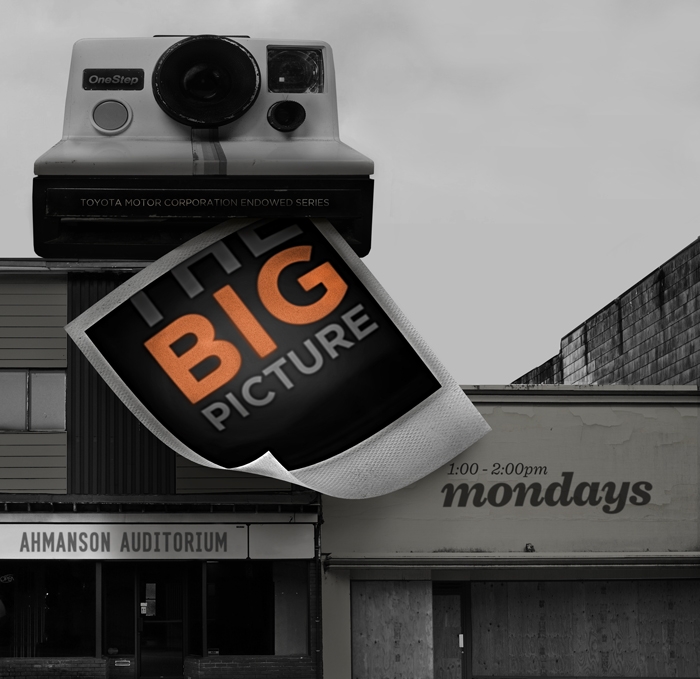
Paul Hoppe’s installation “ECHO: The Fragility of Moments Suspended in Time.”
It’s the final week of the Fall 2012 term and “The Annex”—a nondescript temporary building on the northern end of Art Center’s Hillside Campus—is doing a good job hiding the feats of alchemy occurring within its walls.
Entering classroom A7 on the second floor of this battleship grey structure feels like stepping into Willy Wonka’s chocolate factory. In one corner, a student waves his hands to stir into motion a field of floating green particles. In another, students walk through a mirrored passageway that reflects their position in time and space from exactly 10 seconds ago. Elsewhere, two ellipses face one another—one on the floor, the other on the ceiling—as they project images of nature, architecture and words like “renewal” and “emergence.”
What is going on here? These upper-term Graphic Design students are tweaking final projects they created for Advanced Graphic Studio, a class that’s part of an ambitious undergraduate curriculum called transmedia within the Graphic Design Department.


 Wilson is the founding director of the
Wilson is the founding director of the